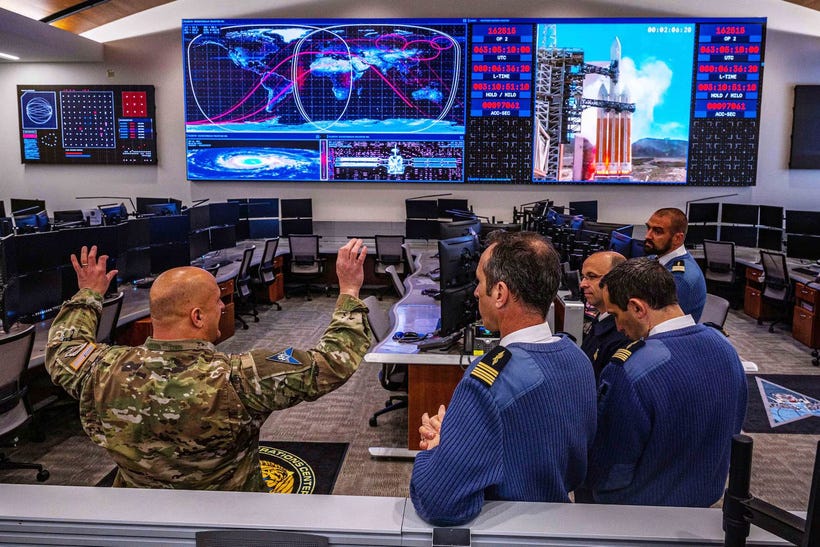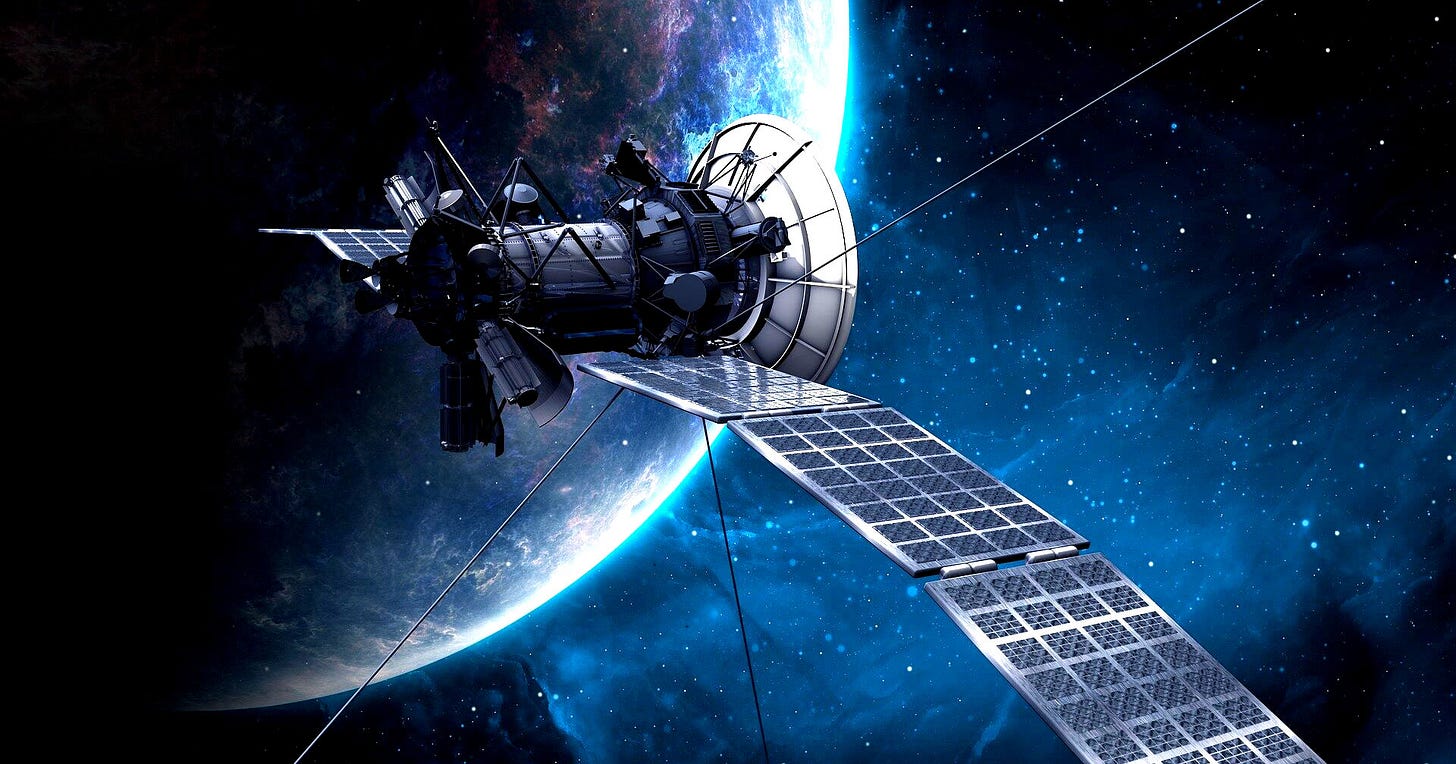Strategic Defense in Space: The U.S. Military’s Response to China and Russia’s Orbital Threats
The Annual Threat Assessment 2025 states that Russia is developing nuclear-armed antisatellite (ASAT) capability, described as a satellite intended to carry a nuclear weapon.
WASHINGTON—Space has become a cornerstone of national security and global connectivity, powering navigation, weather forecasting, and military operations. Escalating threats from China and Russia challenge U.S. control of this vital domain, prompting a robust military response that includes developing advanced missile defense systems, enhancing space launch capabilities, and strengthening international alliances to secure this critical frontier.
Since 2015, China’s satellite fleet—its collection of orbiting spacecraft—has surged approximately 1,000% from about 109 to 1,094 by January 2025, according to a U.S. Space Command statement on March 26, 2025, with 490 dedicated to intelligence and surveillance, such as gathering data for military purposes, as of June 2024, per the Space Threat Fact Sheet 2024.
China’s ambitions extend further. According to the Space Threat Fact Sheet 2024, China focuses on precision targeting—using satellite data to guide military operations—through its intelligence and surveillance satellites. It also signals a goal to become the world’s preeminent space power, leading in technology and influence by 2045.
The Annual Threat Assessment 2025 states that Russia is developing a nuclear-armed antisatellite (ASAT) capability, described as a satellite intended to carry a nuclear weapon, which poses a severe threat to U.S. space assets due to its potential to cause devastating consequences in orbit. While the assessment does not explicitly mention an electromagnetic pulse (EMP)—a burst that could disrupt satellite electronics—this effect is inferred as a likely outcome of a nuclear detonation in space.
Separately, the Space Threat Fact Sheet 2024 reports that Russia conducted a counter-space satellite operation in May 2024 near a U.S. satellite, an action explicitly noted as interfering with U.S. space systems, raising concerns about orbital stability. The fact sheet does not define 'space stability,' but it is interpreted here to mean the safety and operational integrity of the orbital environment."
Meanwhile, Iran’s growing cyber operations, which could potentially disrupt space systems like satellite communications or ground control networks, add to the threats facing U.S. space assets, according to the Annual Threat Assessment 2025.

General Stephen N. Whiting emphasized the severity of these challenges, stating, “These novel and unprecedented developments include China’s robust counter-space weapons and Russia’s reported pursuit of an on-orbit nuclear anti-satellite weapon,” per the U.S. Space Command statement.
The Golden Dome Missile Defense Initiative
Keep reading with a 7-day free trial
Subscribe to The Standeford Journal - News, Intel Analysis to keep reading this post and get 7 days of free access to the full post archives.






